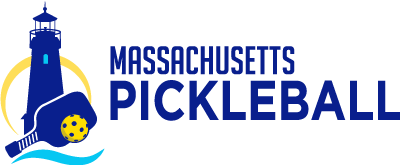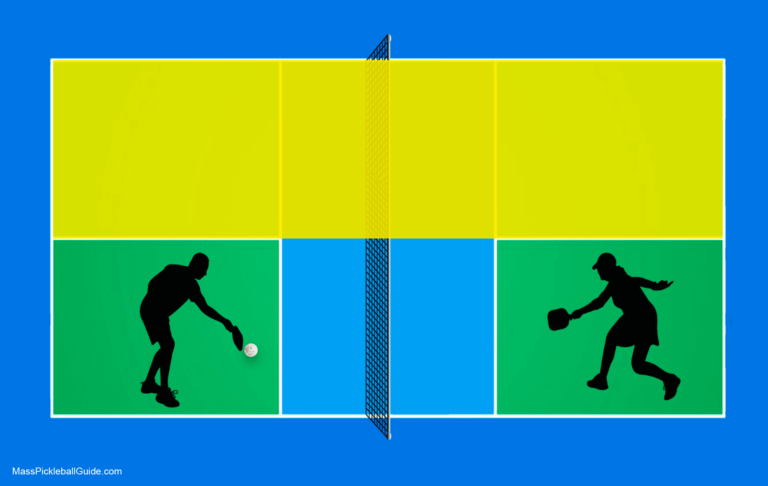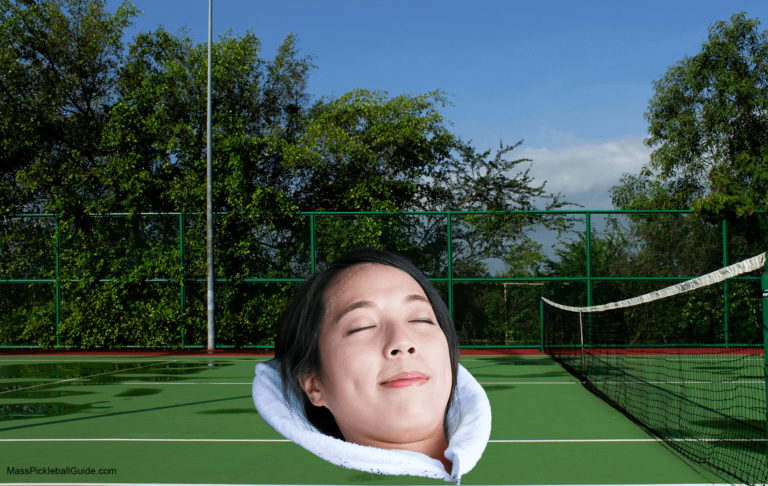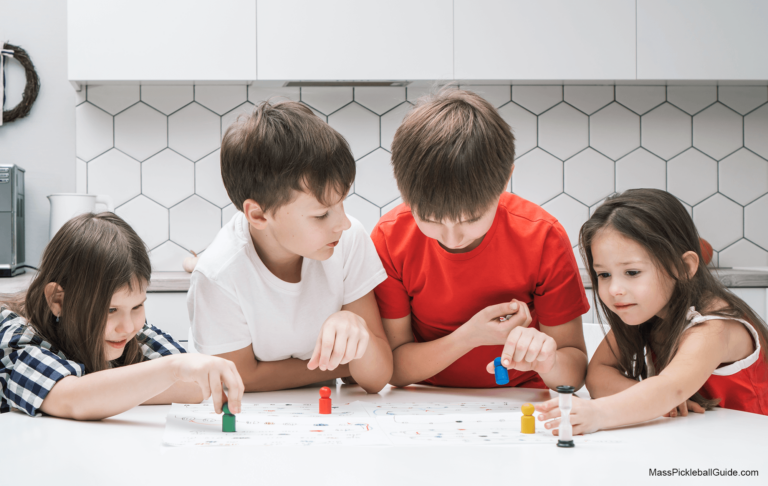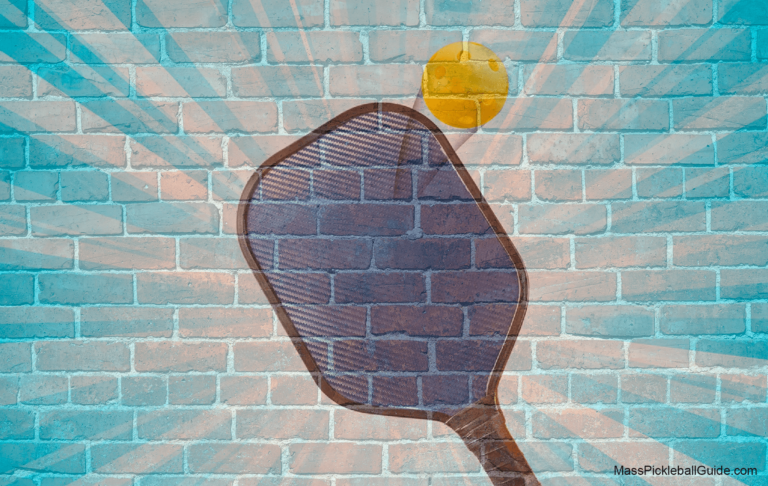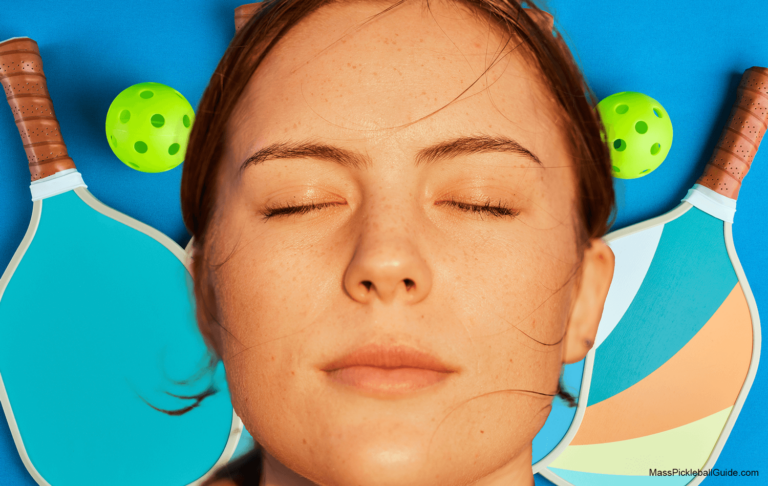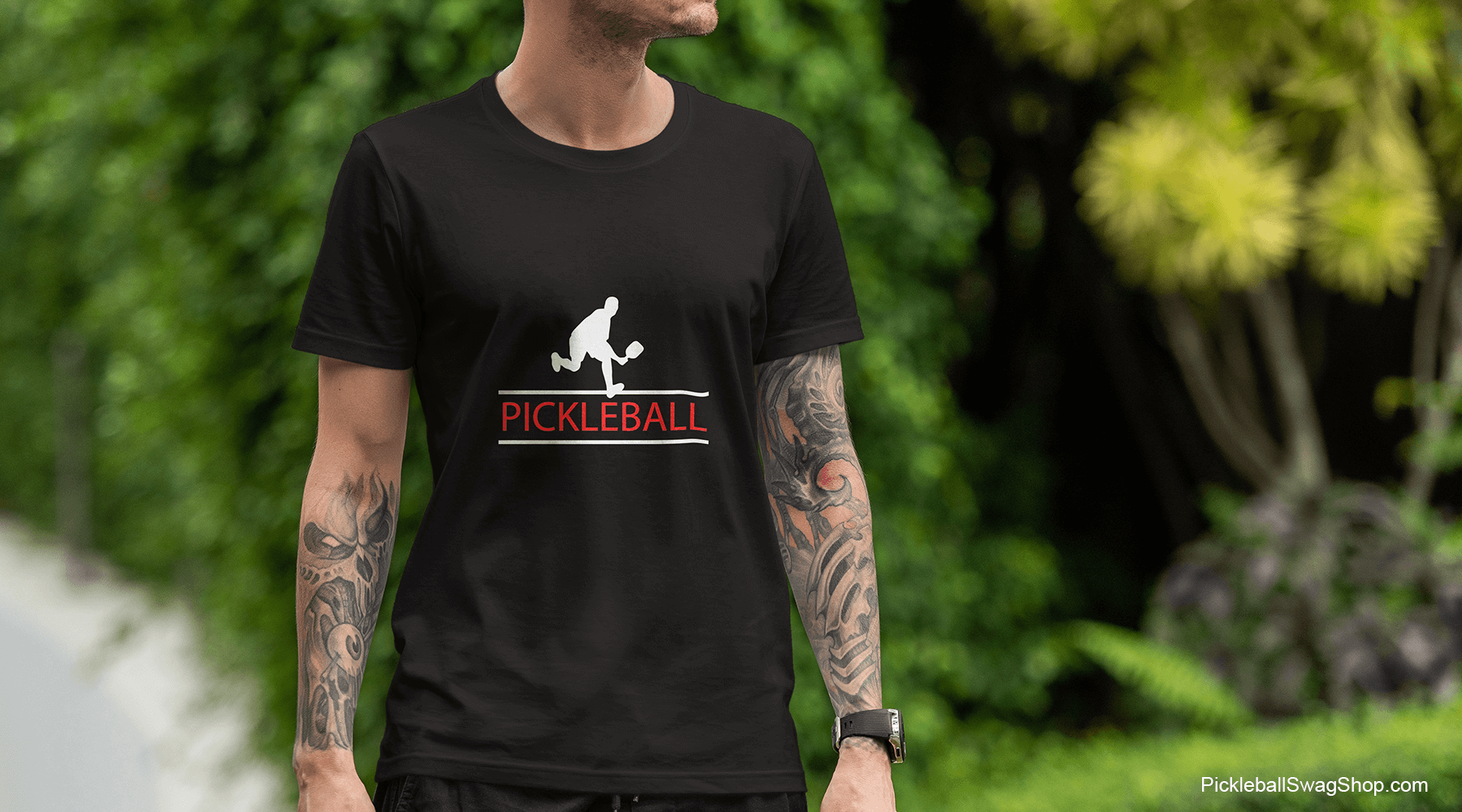23 Essential Pickleball Rules & Tips for Players
just for newbies
Over the years (well, 5 years), we’ve gathered numerous inquiries about the nuances of pickleball rules. We’ve diligently compiled and addressed the most prevalent ones, aiming to clarify the complexities of this rapidly growing sport.
If you’re just starting out in pickleball, you’ll find our comprehensive guide immensely helpful.
Below, we delve into specific queries, offering in-depth explanations to enhance your understanding of the game’s rules.
How Do We Handle Rules in a Recreational Play Setting?
In recreational play, the focus is often on enjoyment rather than strict adherence to every rule. This doesn’t mean rules are ignored, but applied with a degree of flexibility. For example, in tournaments, maintaining the correct sequence of servers and receivers is critical, while in casual play, it’s often loosely followed. This approach keeps the game fun and inclusive, especially for newcomers or those playing less competitively.
What Happens When the Serve Hits the Net and Goes Over?
This situation, called a “let,” occurs when your serve hits the net and still lands in the opponent’s service box. When this happens, the serve is replayed without penalty. It’s important to understand that this rule doesn’t apply if the ball, after hitting the net, lands outside the service box or in the non-volley zone (the kitchen). In these cases, it’s considered a fault.
What’s the Rule on a Double Hit?
Double hits are intriguing. They’re allowed only if they occur accidentally and within a single stroke movement. It means the ball can hit two parts of the paddle or the paddle and your body as long as it’s unintentional and part of a continuous motion. This rule prevents players from gaining an unfair advantage by intentionally hitting the ball twice.
How Do Line Call Rules Work in Pickleball?
Line calls are a major part of pickleball and can often be contentious. The rule is simple: for a ball to be called ‘in,’ it must physically touch the line. It’s not enough for the ball to hover above the line without contact. Players must make line calls immediately after the ball lands, and only for shots on their side of the net. If there’s a dispute, it’s often resolved through discussion or by deferring to a referee in a formal setting.
Can You Hit the Ball with Your Hand?
Hitting the ball with your hand when you’re not holding a paddle is a fault. However, if the ball hits your hand or any part of your arm that’s holding the paddle, it’s considered a legal play. This distinction prevents players from using their body as an extension of the paddle, ensuring fair play.
FREE download of the rules of pickleball
What Are the Rules on People’s Behavior on the Court?
Player conduct on the court is governed by sportsmanship and respect. Deliberate distractions or unsportsmanlike behaviors like taunting are discouraged. If a player’s actions are deemed excessively disruptive or disrespectful, they may be penalized, typically in a formal game setting. In recreational play, it’s about maintaining a friendly and respectful atmosphere.
Do You Have to Call the Score Before the Serve?
Announcing the score before serving is crucial in pickleball for clarity and fairness. In recreational play, this can be informal, but it’s still important. In tournaments, the score must be called out loud and clearly by the server (or the referee) before each serve, ensuring that all players are aware of the game’s status.
Can You Use Two Paddles at the Same Time?
Using two paddles simultaneously might sound fun but is against the rules. However, players can switch their paddle from one hand to the other during play. This flexibility allows players, especially those who are ambidextrous, to adapt their play style and reach for shots more effectively.
What Happens if a Ball Bounces on Your Side, Then Spins Back Over?
This scenario showcases the dynamic nature of pickleball. If the ball spins back over the net after bouncing on your side, you are allowed to reach over or around the net to play the ball. However, you cannot touch the net or cross into your opponent’s court space. This rule encourages agility and quick reflexes, adding an exciting element to the game.
Can You Have a Pre-Serve Routine Before You Serve?
Pre-serve routines are a personal aspect of pickleball, helping players to focus and maintain consistency in their serving. These routines vary from player to player and can include actions like bouncing the ball or specific hand movements. There’s no restriction on these routines as long as they don’t delay the game unduly.
What Does a ‘Dead Ball’ Mean?
In pickleball, a ‘dead ball’ signifies that play has stopped, usually following a fault or a special situation like a ball from another court entering play. Once a ball is declared ‘dead,’ the current rally ends, and no further action can affect the outcome of that particular point.
What Happens if You Hit a Ball that Bounced Out?
Striking a ball that has bounced out is permissible, but your line call must be immediate. The key is that the call — shouting “out,” for instance — must happen promptly to avoid confusion. This rule ensures that players make clear and decisive calls, which is essential for fair play.
What Happens if You Hit an Opponent with Your Serve?
Hitting an opponent with your serve results in a point for the server. This rule applies even if the opponent is unintentionally hit. It encourages players to be aware of their positioning and ensures that serves are directed into the appropriate play areas.
Can You Hit a Shot from Outside the Court Around the Net Post?
Executing shots from outside the court around the net post, known as ATP (around the post) shots, is one of the most thrilling aspects of pickleball. These shots are entirely legal and often celebrated for their creativity and skill. The only restriction is that the ball cannot touch the net post.
Can You Be in the Kitchen to Dink a Ball that Has Bounced?
Yes, you can enter the non-volley zone, commonly known as the kitchen, to play a ball that has bounced. This rule allows players to utilize the entire court, including the kitchen, for strategic plays, as long as they don’t volley (hit the ball before it bounces) while in this zone.
Is It Illegal for Players to Stand Outside the Court at the Beginning of a Point?
Players can position themselves anywhere on the court at the beginning of a point, except for specific rules applying to the server’s position. This flexibility allows players to strategize their positioning based on their playing style and their opponent’s tendencies.
Can You Spin the Ball with Your Hand Before Hitting Your Serve?
There are no restrictions on how a player tosses the ball for a serve, including spinning it. Players can use various toss techniques as part of their serving strategy, as long as it doesn’t violate the service rules like the correct foot placement and paddle contact.
What Happens if a Ball Hits the Crossbar of a Portable Net?
If a ball hits the crossbar of a portable net, it’s considered a fault if it occurs on the server’s side. If the ball goes over the net and then hits the crossbar, the point is replayed. This rule acknowledges the unpredictable nature of portable nets and aims to ensure fair play.
Can You Hover Your Paddle Over the Kitchen?
Yes, hovering your paddle over the kitchen is permissible. The non-volley zone rule applies to your feet and body contact with the ground within the zone, not to the space above it. This allows for dynamic play at the net while maintaining the spirit of the kitchen rule.
Can You Switch Sides with Your Partner During a Game?
Yes, players are allowed to switch sides with their partner during a game, but there are specific conditions to this rule. This switch can only occur between points, not during a rally. Players often switch sides to optimize their strengths, counter their opponents’ strategies, or adapt to external factors like the sun or wind. However, this strategy requires clear communication and coordination to avoid confusion and maintain a strong defensive and offensive setup. In tournaments, players typically switch sides at certain points in the match, such as after a set number of points have been scored, to ensure fairness in conditions.
What Are the Consequences of Foot Faults in Pickleball?
Foot faults in pickleball are taken seriously and can impact the game significantly. A foot fault occurs when a player steps into the non-volley zone (the kitchen) during a volley, steps on the baseline during a serve, or steps out of the service court boundaries. When a foot fault is committed, it results in a fault, and the serving side loses their serve. In the case of the receiving side committing a foot fault, the serving side is awarded a point. Understanding and adhering to these rules is crucial, as foot faults can easily shift the momentum of the game. Players must be mindful of their foot positioning, especially when playing near the kitchen line or serving.
Does Scoring Work Differently in Singles Play?
In singles play, the scoring system is slightly modified. The server is the sole player responsible for calling the score, and there’s no third number in the score sequence. The server’s court position (right or left) is determined by their current point total, with even scores leading to serving from the right and odd scores from the left.
Is It Illegal to Intentionally Hit Players with a Ball?
Intentionally hitting players with a ball is not explicitly illegal, but can be penalized if deemed malicious or unsafe. The emphasis is on sportsmanship and safety, discouraging intentional harm while acknowledging that accidental hits are part of the game.
Does the Receiver Have to Stand Behind the Baseline?
The receiver is not required to stand behind the baseline. They may position themselves as they see fit, offering strategic flexibility in receiving serves.
What Happens if a Ball Breaks in the Middle of a Match?
In pickleball, if a ball breaks during a rally, the rally continues until the point is concluded. However, there are nuances to this rule. A ball is considered ‘broken’ if it cracks or becomes significantly deformed. If players notice the ball is broken during a rally but continue playing, the outcome of that rally stands. If the ball’s condition is discovered only after the rally, the last point is typically replayed.
The decision to replay a point due to a broken ball often depends on when the breakage is noticed and acknowledged by the players. In official or tournament play, a referee’s judgment may be required to determine the outcome. This rule underscores the need for attentiveness to the equipment during play.
Beware of Common Misconceptions and Rule Myths
Stay vigilant against rule myths. Always cross-reference with the official USAPA rulebook for accurate and up-to-date rule interpretations.
